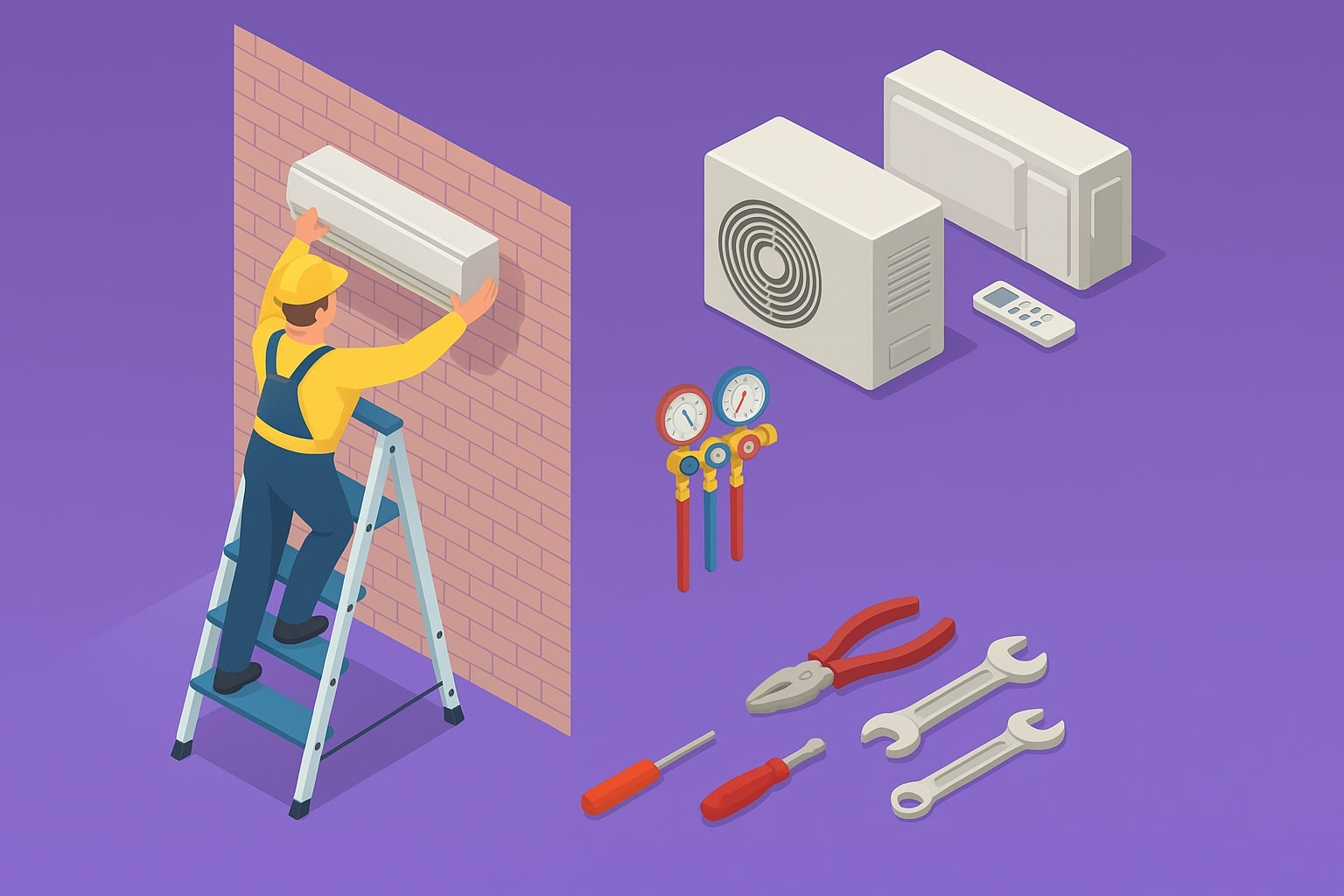
How to Value a Heating and Air Conditioning Business + 15 Factors to Increase Value
Whether you're ready to sell your HVAC business or just assessing its worth, we break down valuation methods and key factors that can increase its value.
How do best-in-class companies and their investors overcome obstacles that hamper growth? The most successful performers identify underserved and unmet customer needs, then work to fulfill them better than their competitors.
This article shares 5 critical steps in building a customer-centric strategy to propel productivity, sales, and profits.
1. Identify your most valuable customers.
Not every customer is a valuable customer: in fact, our research has found that a company’s top 25% of customers will create 89% of revenues, while the next 25% will generate 7%, followed by the two bottom 25th percentiles at 3% and 1% respectively. (This roughly aligns with the Pareto Principle, which describes the unequal distribution of result against effort.)
The statistics clearly show that treating all customers the same way is the wrong strategy. If 25% of your company’s resources are spent serving customers who account for only 1% of your revenue, it’s a loss by any description.
2. Talk to these customers.
Your best customers will have a deep understanding of what makes you great — and what makes you frustrating to work with. Look to them to understand what you do well and where improvements are needed. What are your customers’ needs? How do they decide to buy one company’s products or services over another’s? Rational and emotional elements alike factor into a customer/company relationship.
3. Build a clear, objective customer journey map.
This map will show the steps a typical customer takes when coming into contact with your company (e.g., using your product, contacting customer service, etc).
To build this map, ask questions like:
Like all process mapping, customer journey mapping identifies inefficiencies and redundancies, with the ultimate goal of increasing the lifetime value of a customer over time.
4. Understand your company’s strategic value for customers.
Customers frequently buy from best-in-class companies because they want to be best-in-class themselves. No one wants to buy an inferior product, yet too often customers believe they’re forced to settle for one. Good enough is not good enough anymore in today’s environment of choice, superiority, and exposure. Customers expect companies to contribute to their business success. For example, in the case of a manufacturing company, can your sales staff provide insight to your team on how to improve your processes or products? Do they know how to talk about industry trends and business opportunities, or are they just taking orders?
5. Build a shared vision.
Tucking away a strategic plan for your quarterly board meetings is no longer enough. The best strategic plans should be understood by everyone in your organization and iterated on every day. Everyone involved should understand the team’s direction, and most importantly, the reasoning behind. This is key to developing a customer-centric mindset and building an organization that can not only meet but exceed expectations far into the future.
